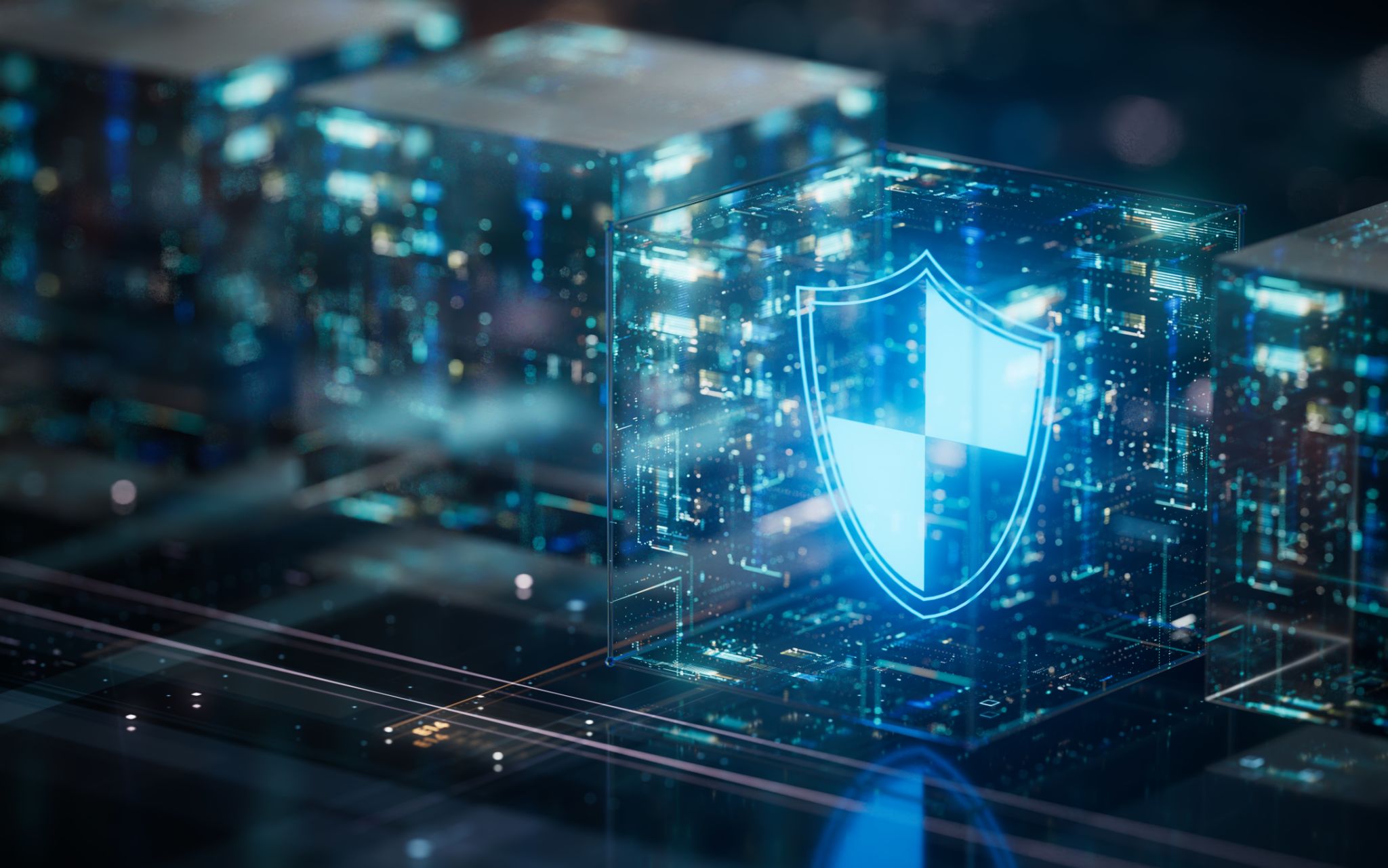Navigating the Digital Economy: A Guide for Traditional Asset Holders
Understanding the Digital Economy
The digital economy has revolutionized how we engage with assets, offering unprecedented opportunities for growth and diversification. For traditional asset holders, this shift might seem daunting, but understanding its core components can help bridge the gap. The digital economy encompasses a broad range of activities, from e-commerce and digital marketing to blockchain and cryptocurrencies. It's essential to grasp these elements to make informed decisions and leverage new opportunities.

One of the most significant changes is the digitization of financial services. This digitization allows for faster transactions, reduced costs, and enhanced accessibility. Many traditional asset holders are beginning to explore digital assets as a way to diversify portfolios and mitigate risks associated with traditional markets. However, with these new opportunities come challenges that require careful consideration and strategic planning.
Key Challenges for Traditional Asset Holders
Navigating the digital economy presents specific challenges, especially for those accustomed to traditional asset management. Security concerns are paramount, as digital assets are susceptible to cyber threats. Protecting these assets requires robust security measures, including encryption, multi-factor authentication, and regular audits.
Another challenge is the volatility of digital markets. Cryptocurrencies, for instance, are known for their dramatic price fluctuations. Traditional asset holders must be prepared for this unpredictability and consider it when making investment decisions. It's also crucial to stay informed about regulatory changes that could impact the digital economy and, consequently, asset management strategies.

Adopting New Technologies
To effectively navigate the digital economy, traditional asset holders need to embrace new technologies. Blockchain technology, for example, offers enhanced transparency and security for transactions. By adopting blockchain, asset holders can reduce fraud risk and improve transaction efficiency.
Moreover, artificial intelligence (AI) and big data analytics provide valuable insights into market trends and consumer behavior. These technologies enable asset holders to make data-driven decisions, optimizing their investment strategies. Implementing these technologies requires an initial investment but can yield substantial long-term benefits.
Strategies for Successful Integration
Integrating traditional assets into the digital economy involves strategic planning and execution. Here are some steps to consider:
- Education: Continuously educate yourself about emerging technologies and digital trends.
- Partnerships: Collaborate with fintech companies or digital experts to gain insights and access to cutting-edge tools.
- Risk Management: Develop comprehensive risk management strategies to safeguard your investments.

Additionally, diversifying your portfolio with a mix of traditional and digital assets can reduce risks and enhance returns. This approach allows you to capitalize on the growth potential of digital assets while maintaining the stability of traditional investments.
Looking Ahead
The digital economy is continually evolving, presenting both challenges and opportunities for traditional asset holders. By staying informed and adaptable, you can successfully navigate this landscape. Embracing technology, understanding market dynamics, and implementing robust strategies are essential steps toward thriving in the digital economy.
The future holds tremendous potential for those willing to innovate and adapt. By taking proactive measures today, traditional asset holders can secure a prosperous position within the rapidly advancing digital economy.
